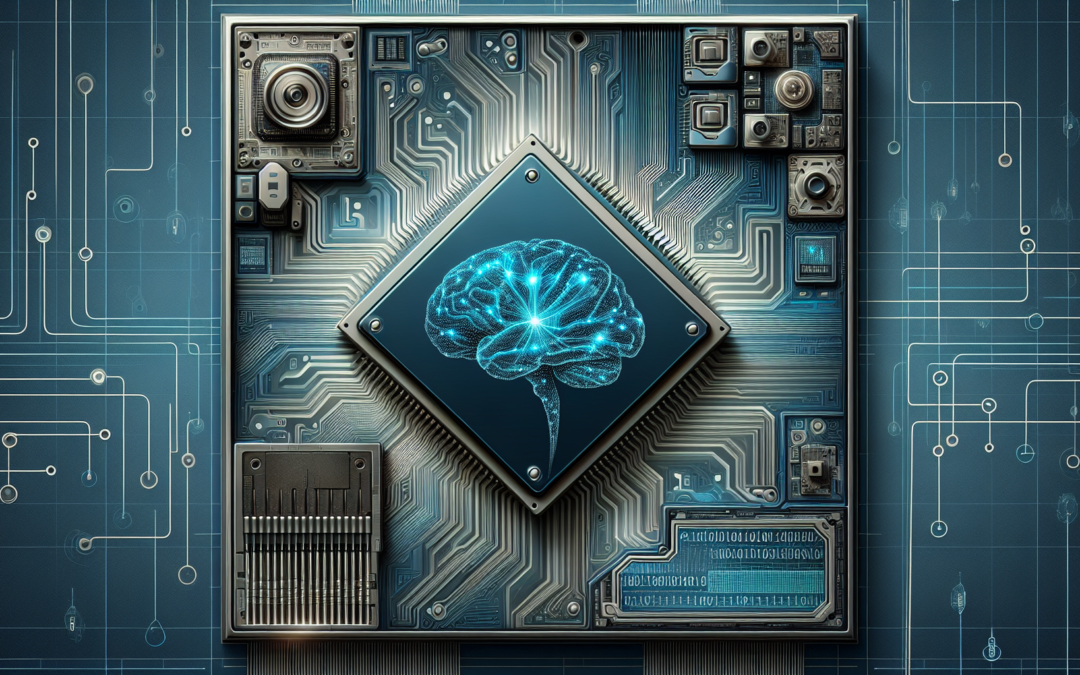“`html
Unveiling the Intersection of Neuroscience and Superconductors
In the landscape of technological advancements, the synergy between neuroscience and superconductors stands out as a frontier brimming with potential. Recent developments have posited this intersection as a cornerstone for unlocking unprecedented speeds in computing. As an IT consultant with a vested interest in IT infrastructure and security, witnessing the potential evolution of superconductor-chip speed catalyzed by neuroscience is nothing short of exhilarating. This blog explores this promising domain and what it means for the future of computing.
The Fascination with Superconductors
Superconductors are materials that exhibit zero electrical resistance and the expulsion of magnetic fields when cooled to critical temperatures. These unique properties make superconductors candidates for revolutionizing computing speed and efficiency. With the elimination of energy loss, superconductors promise to amplify computational power while drastically reducing heat production and power consumption.
Neuroscience: The Game-Changer
Enter neuroscience. The study of neural networks and the human brain’s complex signaling systems is inspiring revolutionary new architectures in computational design. By mimicking the brain’s efficiency in processing vast amounts of data with minimal energy, researchers are beginning to develop superconductor-based chips that could potentially outpace current semiconductor technologies.
– **Neural Efficiency**: Traditional silicon-based chips face limitations in scaling and energy efficiency. Integrating principles of neural processing can lead to more adaptable and energy-efficient computational models.
– **Innovative Architectures**: The brain’s ability to perform seamlessly despite its vast network is guiding new architectures that promise improved parallel processing capabilities.
The Implications for IT Infrastructure
These advancements hold transformative implications for the IT industry, particularly in areas of infrastructure and security:
Speed and Performance
With computing speeds potentially reaching unforeseen heights, real-time data processing could become a standard. For IT infrastructures, this means faster network capabilities and smoother operations for data-intensive applications, ranging from cloud computing to complex simulations.
Energy Efficiency
Reducing energy consumption is not only cost-effective but also environmentally friendly. Superconductor-based chips offer a sustainable alternative, enabling a reduction in the carbon footprint of data centers and large-scale computing facilities.
Security Enhancements
While speed and efficiency are critical, enhancing security in such advanced systems is equally important. The novel architectures inspired by neuroscience could lead to more secure data processing paradigms, as the complexity and adaptability of these systems may introduce new defensive capabilities against cyber threats.
Challenges on the Horizon
Despite the optimistic outlook, integrating neuroscience principles with superconductors in computing faces several challenges:
– **Temperature Constraints**: Superconductors currently require extremely low temperatures to function efficiently, posing practical challenges in widespread adoption.
– **Complexity of Neural Models**: Replicating the brain’s nuanced and complex neural networks in silicon or other materials is no small feat, requiring significant advancements in material science and computational methodologies.
A Glimpse into the Future
The fusion of neuroscience with superconductor technology promises a future where the boundaries of computing speed and efficiency are virtually limitless. As industries and researchers collaborate to overcome existing challenges, the IT landscape is poised for profound transformations.
For IT directors and infrastructure specialists, staying abreast of such advancements is crucial. The potential to integrate new, more efficient processing units into current systems could redefine operational capabilities and competitive edge.
In continuing to explore this new frontier, one key takeaway remains clear: The marriage of neuroscience and superconductors not only promises a technological revolution but also presents a compelling case for sustainable and secure computing practices that align with future demands.
For further details on this topic, you can refer to the original report on Google News.
“`
